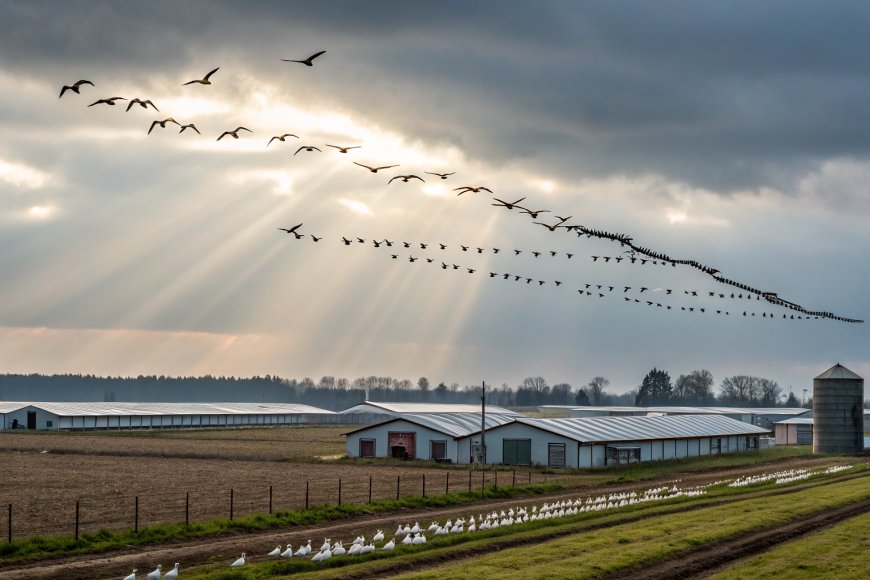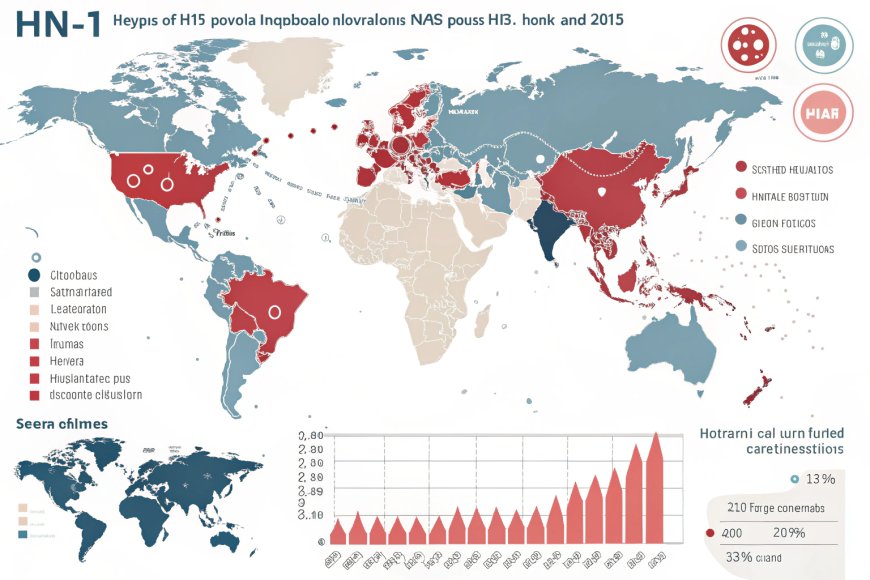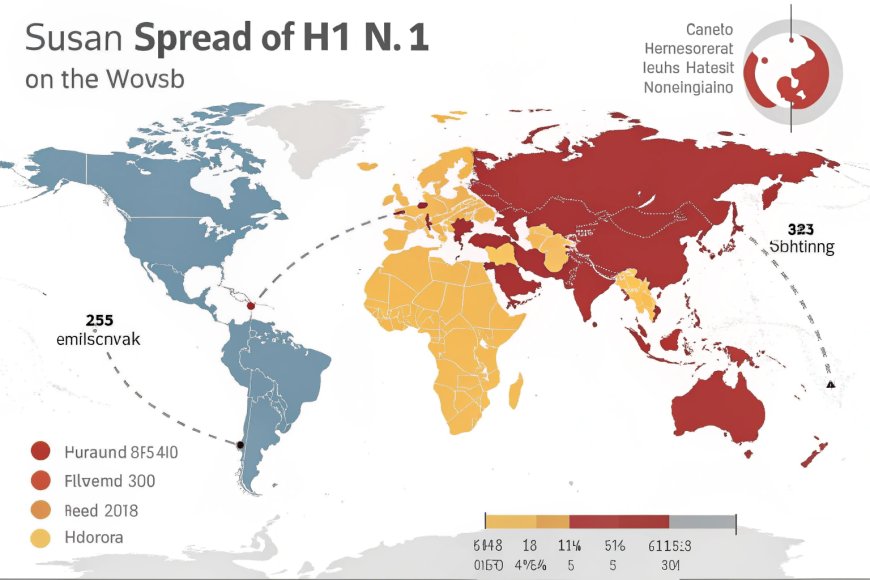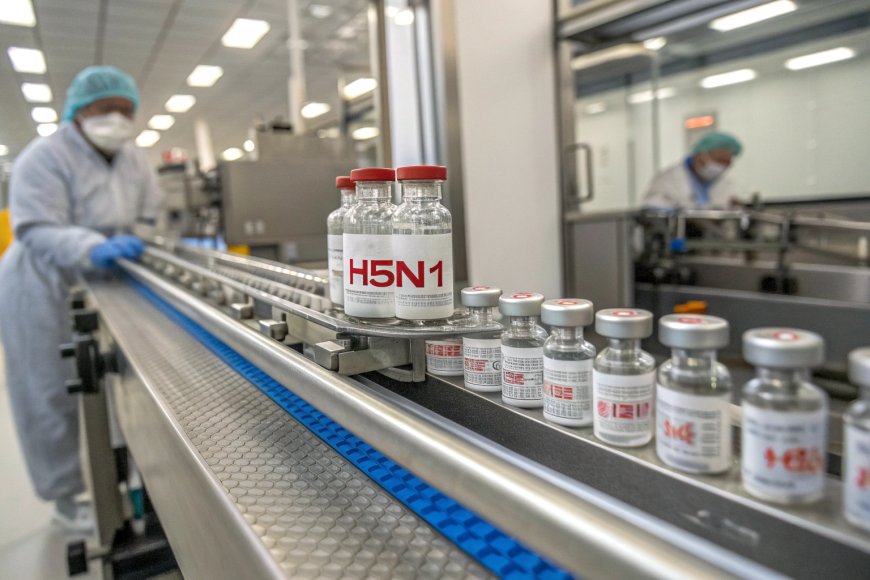Bird Flu Alert: Top Virologists Warn of H5N1 Pandemic as Global Tensions Rise
As avian flu cases surge globally, top virologists and the Global Virus Network urge world leaders to act. Learn how H5N1 threatens economies, food security, and public health—and what’s being done to stop it.
A Looming Storm in the Skies
The world is no stranger to pandemics, but as H5N1 avian flu cases spike across poultry farms, wild birds, and even mammals, virologists are sounding a dire alarm. “This isn’t just a bird problem—it’s a ticking time bomb,” warns Dr. Marion Koopmans, a leading virologist. With outbreaks reported in 48 U.S. states and spreading globally, the question isn’t if but when this virus could mutate to ignite a human pandemic.

Virologists studying H5N1 avian flu virus prevention research.
The H5N1 Surge: Why Now?
Since 2020, H5N1 has evolved into a hyper-contagious strain, decimating poultry populations and spilling over into foxes, seals, and dairy cows. Colorado State University’s latest study reveals that climate change and industrialized farming are accelerating its spread. Warmer temperatures push migratory birds—the primary carriers—into new regions, while crowded farms act as viral pressure cookers.

Migratory birds spreading avian flu to industrial poultry farms.
Did You Know?
- Over 131 million poultry have been culled globally since 2021 to curb outbreaks.
- The U.S. dairy industry lost $1.5 billion in 2023 due to infected herds.
Virologists’ Plea: “Don’t Repeat COVID Mistakes”
Top scientists at the Global Virus Network (GVN) are begging governments to fund surveillance and vaccine research now. Dr. John Oxford, a GVN advisor, stresses: “Waiting for human-to-human transmission is like ignoring a hurricane warning. By then, it’s too late.” Yet, global leaders remain distracted by economic crises and geopolitical tensions, leaving preparedness underfunded.

2024 H5N1 bird flu outbreak map across continents.
Colorado State’s Chilling Findings
A 2024 study by Colorado State University exposed how H5N1’s mutation rate has doubled since 2020. Researchers found the virus binding more efficiently to human lung cells in lab tests—a red flag for pandemic potential. “We’re playing catch-up with evolution,” admits Dr. Richard Webby, a co-author.
Economic Domino Effect
- Food Prices: Egg costs soared by 72% in outbreak zones last year.
- Trade Wars: Export bans on poultry have strained U.S.-China relations.

2024 H5N1 bird flu outbreak map across continents.
Public Panic vs. Political Apathy
While virologists panic, public reaction is split. Social media buzzes with #BirdFluAlert, yet polls show only 33% of Americans view H5N1 as a top threat. Critics blame governments for downplaying risks to avoid economic panic. “It’s a dangerous balancing act,” says risk analyst Laura Kahn. “Transparency saves lives, but fear tanks markets.”

Biosecurity measures in dairy farms to prevent avian flu transmission.
How to Prevent a Pandemic: GVN’s 3-Step Plan
- Boost Global Surveillance: Track mutations in real-time via AI-driven labs.
- Fast-Track Vaccines: Invest in mRNA technology for rapid deployment.
- Farm Reforms: Mandate biosecurity measures and reduce livestock density.

Fast-tracked avian flu vaccine production to combat pandemic risk.
“We’re not ready,” admits WHO’s Dr. Sylvie Briand. With only 4.7 billion vaccine doses pledged globally—for a population of 8 billion—the math doesn’t add up. Add vaccine hesitancy and supply chain chaos, and the stakes couldn’t be higher.
H5N1’s rapid spread, fueled by climate change and lax biosecurity, threatens both human health and global stability. Top virologists argue that preemptive action—surveillance, vaccines, and farming reforms—could avert disaster. Yet political inertia and public complacency risk repeating COVID’s catastrophic script.
What You Can Do: Stay Informed, Stay Safe
- Avoid contact with sick birds or animals.
- Support policies funding pandemic preparedness.
- Share credible info (not fear-mongering!) to combat misinformation.
Conclusion: A Crossroads for Humanity
The H5N1 crisis is a wake-up call: viruses don’t respect borders, politics, or denial. As Colorado State’s models predict a 40% chance of human spillover by 2026, the world must choose—heed science or face chaos. “The birds are telling us something,” says Dr. Koopmans. “Are we listening?”
Bird flu’s escalation demands urgent global cooperation to prevent another pandemic. From labs to legislatures, the tools exist—but willpower lags. The time to act is now, before the storm hits.
What's Your Reaction?






















































